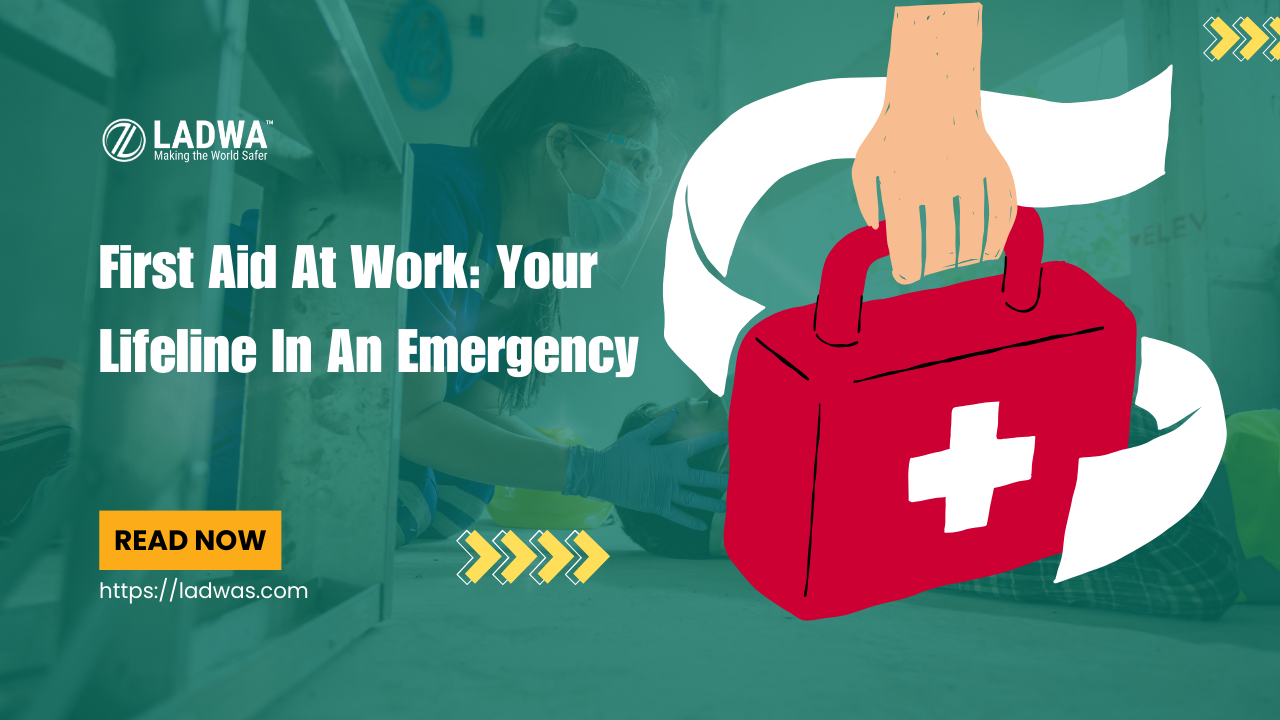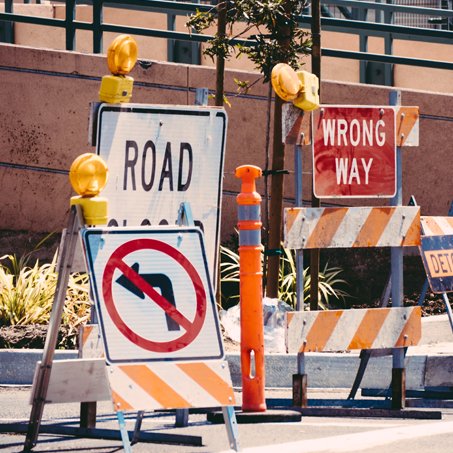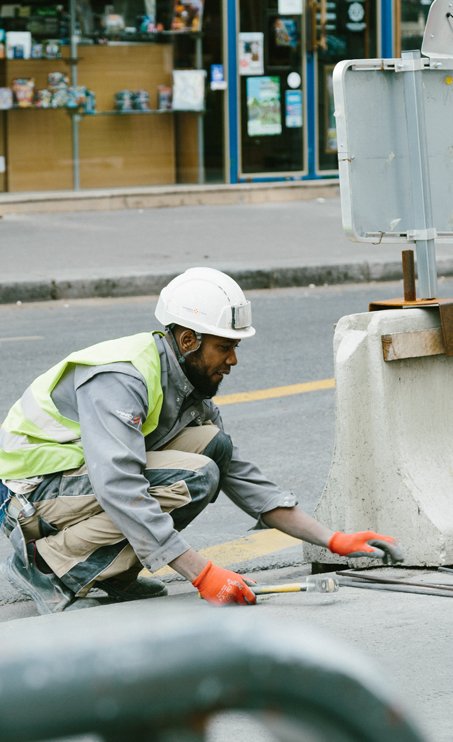Introduction
Imagine this: you’re at work, and suddenly, someone gets hurt. Maybe they cut themselves, maybe they twist their ankle, maybe they feel really sick. What do you do?
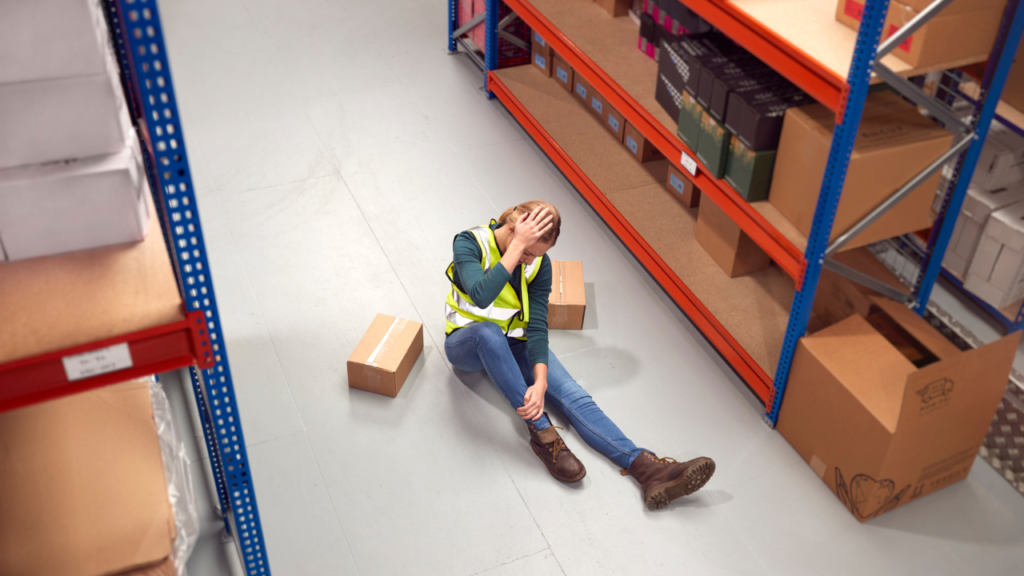
That’s where first aid box comes in! It’s like the superhero of the workplace, swooping in to help until a doctor can arrive. It’s the stuff that buys time, eases pain, and stops things from getting worse.
Why is it so important? Think about it
- Saves lives: Sometimes, quick action with CPR or basic wound care can be the difference between life and death.
- Stops small things from becoming big things: With a little care, that paper cut doesn’t have to turn into a nasty infection.
- Gets people back to work faster: No one wants to be out sick or injured, so first aid kit box helps everyone get back on their feet quicker.
Makes everyone feel good: Knowing your workplace cares about your safety feels pretty awesome, right?
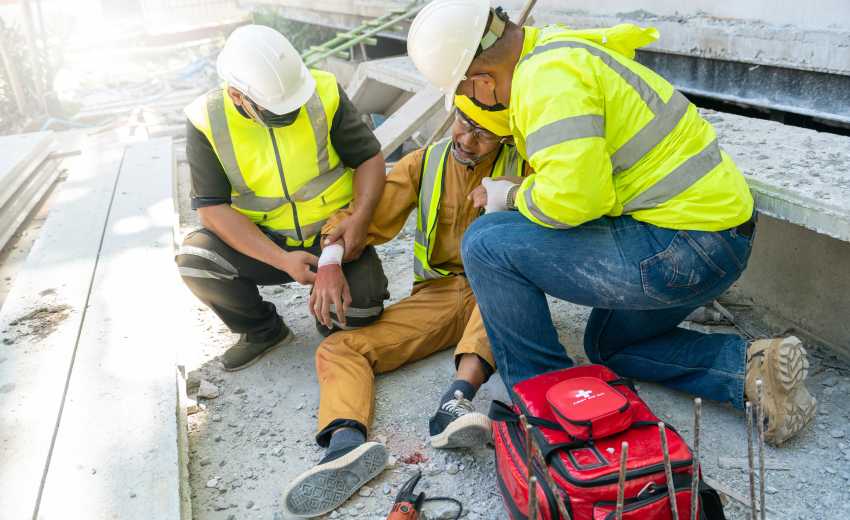
Building a First Aid Fortress
So how do you make sure your workplace is first-aid ready? It’s like building a fort! You need four main things:
- Everyone on board: Bosses need to be all for safety and give first aid the thumbs up. Workers need to learn the skills to help themselves and others.
- Know your danger zones: Every workplace has its own ouchies and boo-boos. Figure out what could happen and make a plan for it.
- Stop the ouchies before they happen: Think safe tools, proper training, and clear rules to keep everyone out of harm’s way.
- First aid superheroes: Train some awesome people in your workplace to be safety and first aid champions! They’ll be the ones to jump in and save the day.
Ready for Action?
Here are some quick tips to make your first aid fort even stronger:
- Figure out what usually goes wrong: Learn from past bumps and bruises to be prepared for the future.
- Stock your first-aid kit like a pro: Bandages, wipes, maybe even an ice pack – make sure you have what you need when you need it.
- Checklists are your friend: Keep track of what’s in your kit and when it needs replacing, so you’re never caught off guard.
- Train more than just a few: The more first aid kit champions you have, the better! You never know when someone might need a hero.
- Don’t be afraid to change things: As your workplace grows and changes, so should your first aid plan. Keep it fresh and ready for anything!
Remember, first aid isn’t just about fancy equipment or complicated skills. It’s about caring for your fellow workers and making sure everyone feels safe and sound.
But what exactly should you keep in this essential kit? Fear not, fellow office warriors, for I have compiled a checklist to ensure you’re prepared for any minor mishap:
- Adhesive bandages (various sizes): These are essential for covering small cuts, blisters, and abrasions.
- Sterile gauze pads and adhesive tape: Use these for larger wounds and to help stop bleeding.
- Antiseptic wipes or solution: To clean wounds and prevent infection.
- Tweezers and scissors: For removing splinters, cutting tape, or trimming bandages.
- Disposable gloves: To protect the first aider and the injured person from contamination.
- Pain relievers: Non-prescription pain relievers like acetaminophen or ibuprofen can be helpful for headaches, minor aches, or pains.
- Tweezers and magnifying glass: For removing small splinters or foreign objects from the skin.
- Thermometer: To monitor body temperature if someone is feeling unwell.
- CPR face shield or mask: In case you need to perform cardiopulmonary resuscitation (CPR).
- Instant cold packs: To reduce swelling or soothe minor burns.
- Elastic bandages: For wrapping sprains and strains.
- Disposable sterile gloves: To protect against contamination when providing first aid kit box.
- First aid manual or instructions: It’s important to have guidance on how to respond to various medical emergencies.
- Emergency contact numbers: Include phone numbers for local emergency services, your company’s medical professionals, and any relevant employee contacts.
- Eyewash or saline solution: To flush out foreign substances from the eyes.
- Antihistamine tablets: For allergic reactions or insect stings.
- A flashlight and extra batteries: Useful in case of power outages or when you need to assess injuries in low-light conditions.
- Burn cream or gel: For minor burns and scalds.
- Disposable face masks: For additional protection during first aid procedures, especially in situations where infection control is essential.
- Splint and triangular bandages: For immobilizing fractures or providing support to injured limbs.
Conclusion
- Regularly check expiry dates and replace expired items.
- Label everything clearly for easy identification.
- Store your kit in a cool, dry, and easily accessible location.
- Most importantly, learn basic first aid training skills!
By taking these simple steps, you can transform your workplace into a safer and more prepared environment. Stocking a first aid kit box with essential supplies can make all the difference in the event of a minor injury or illness, ensuring you and your colleagues are able to receive prompt and effective care.

